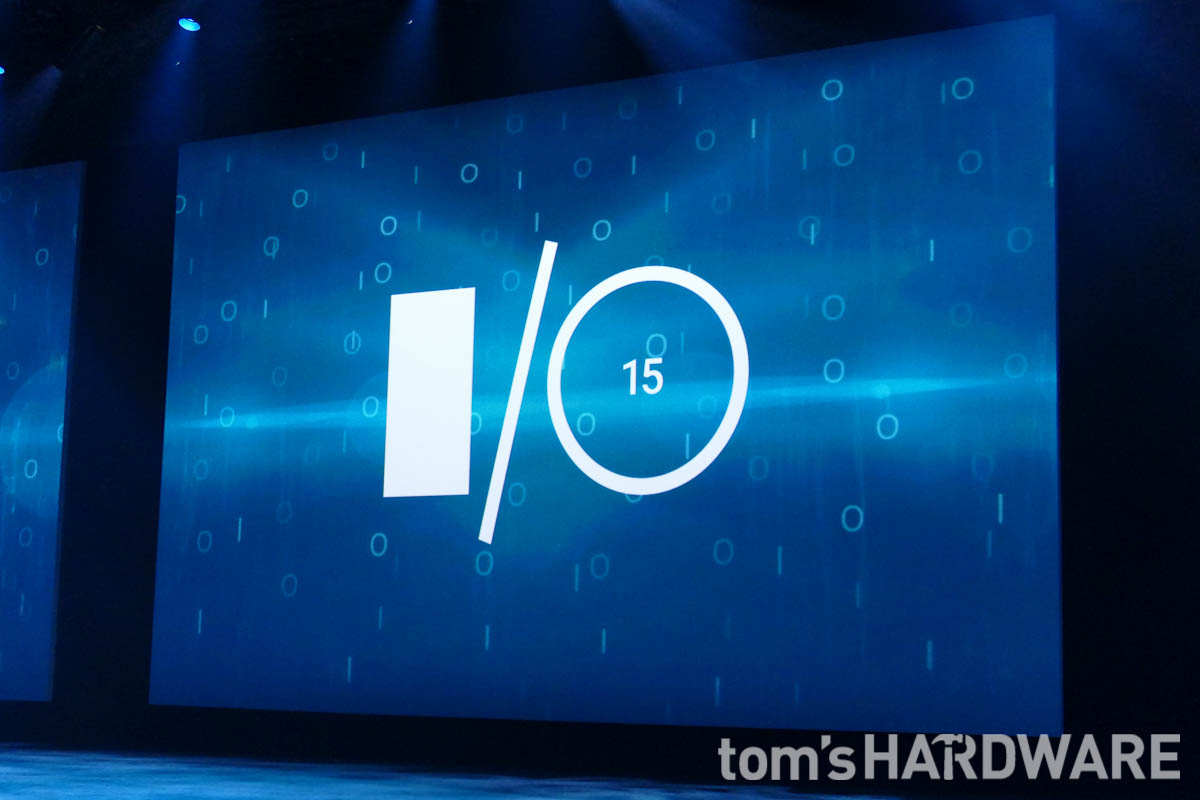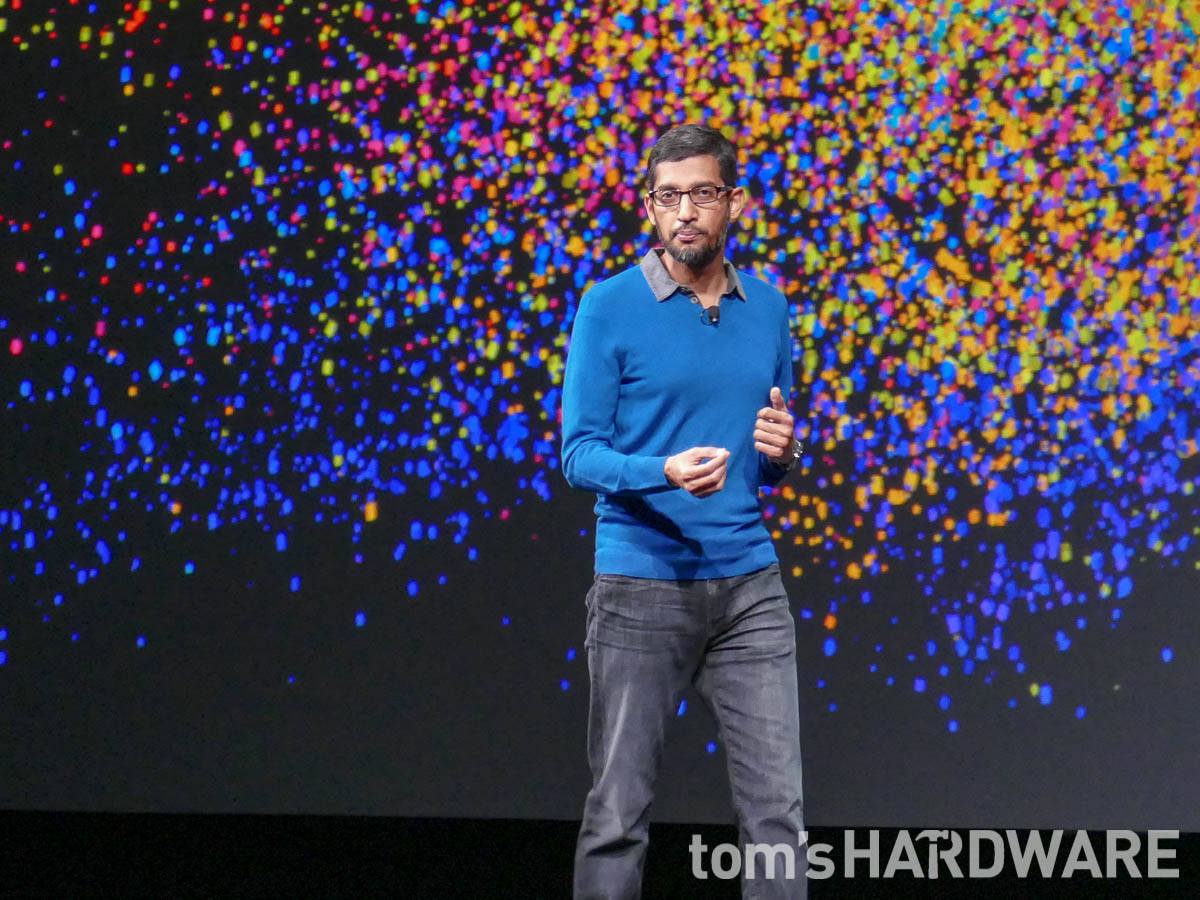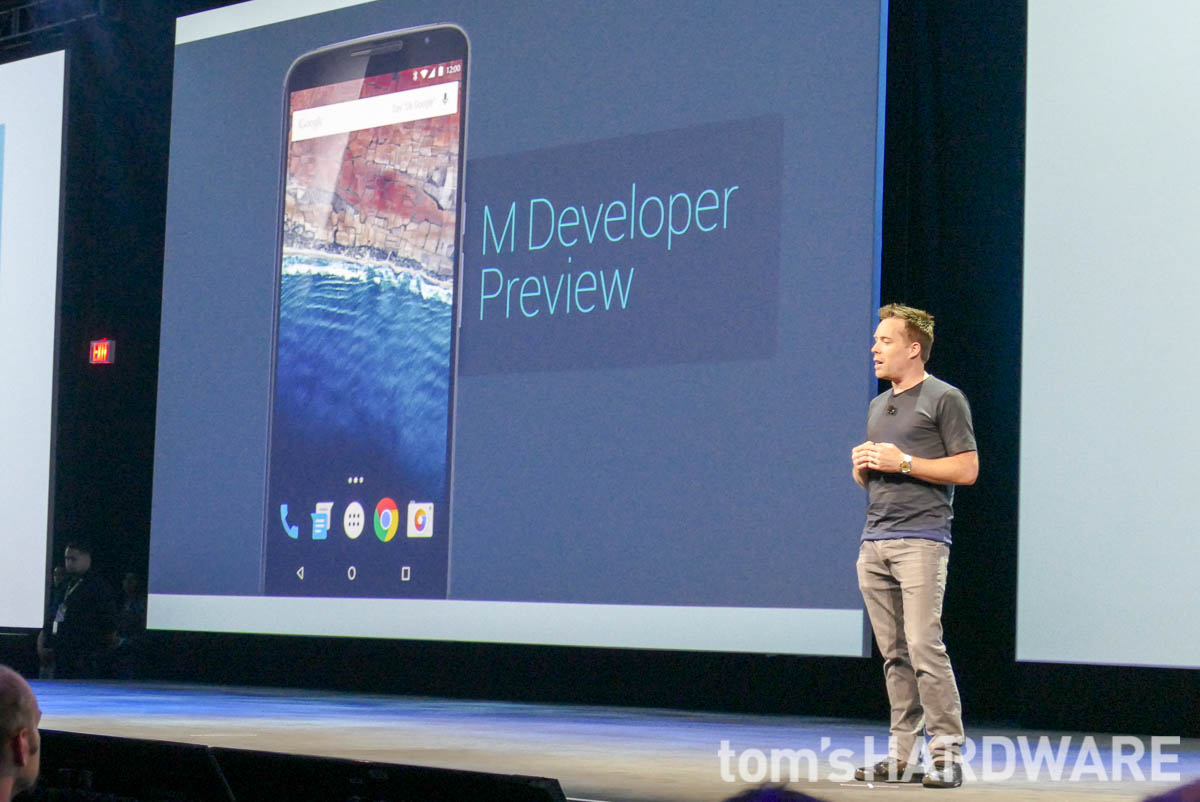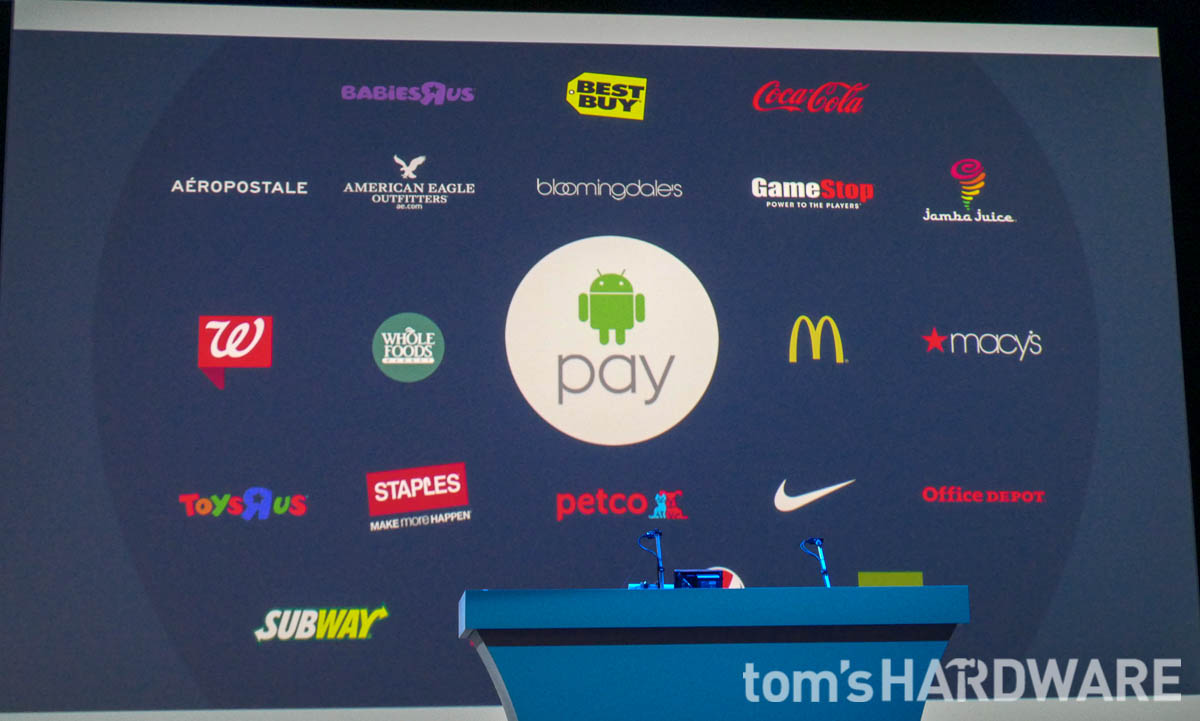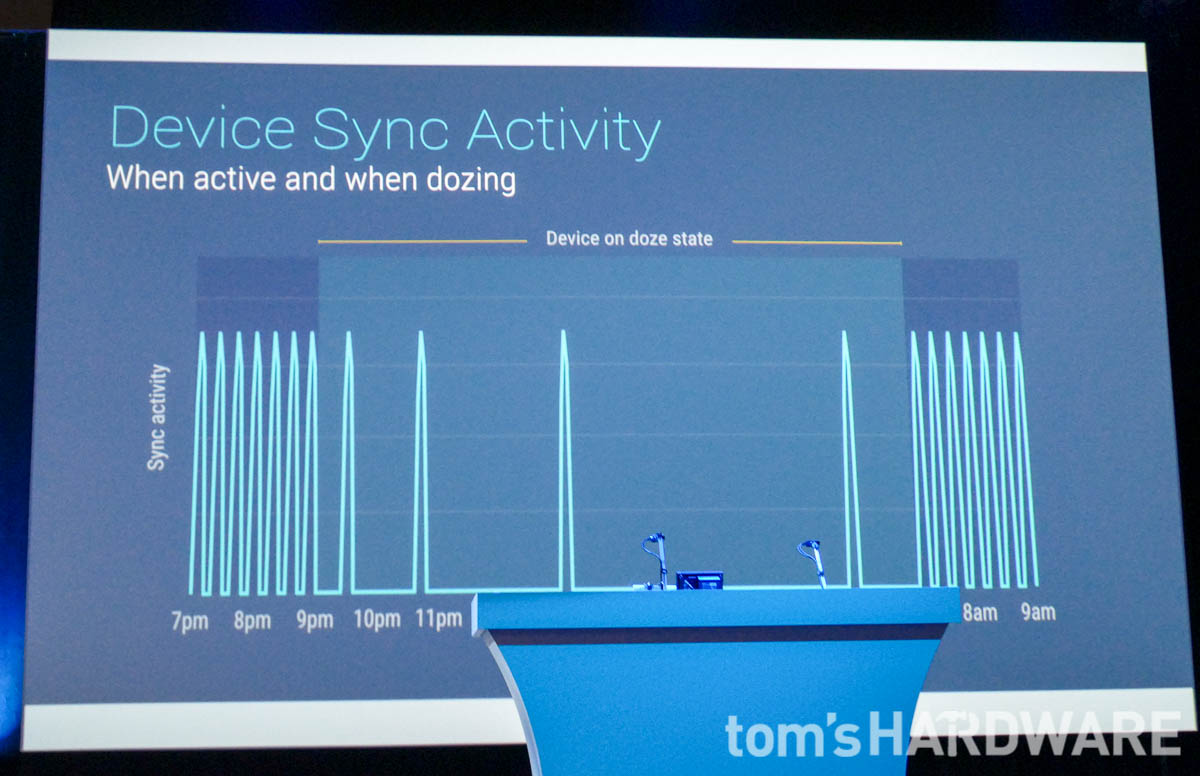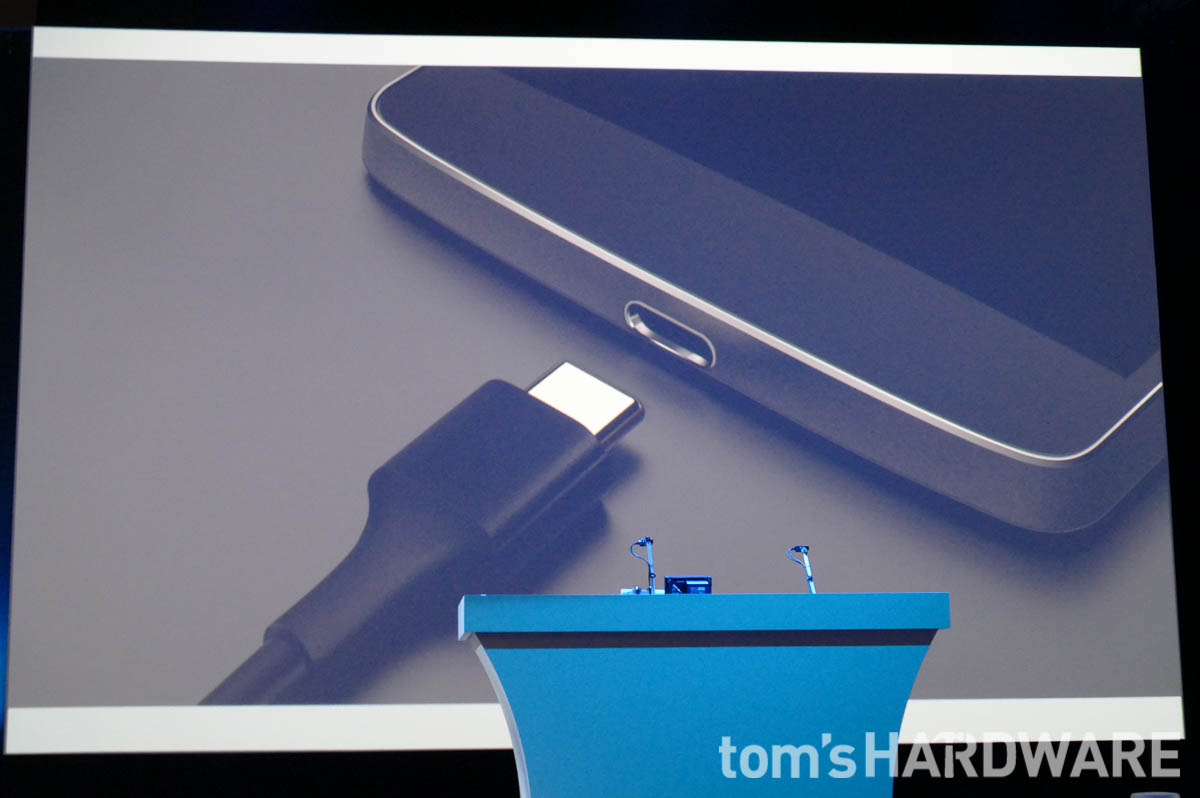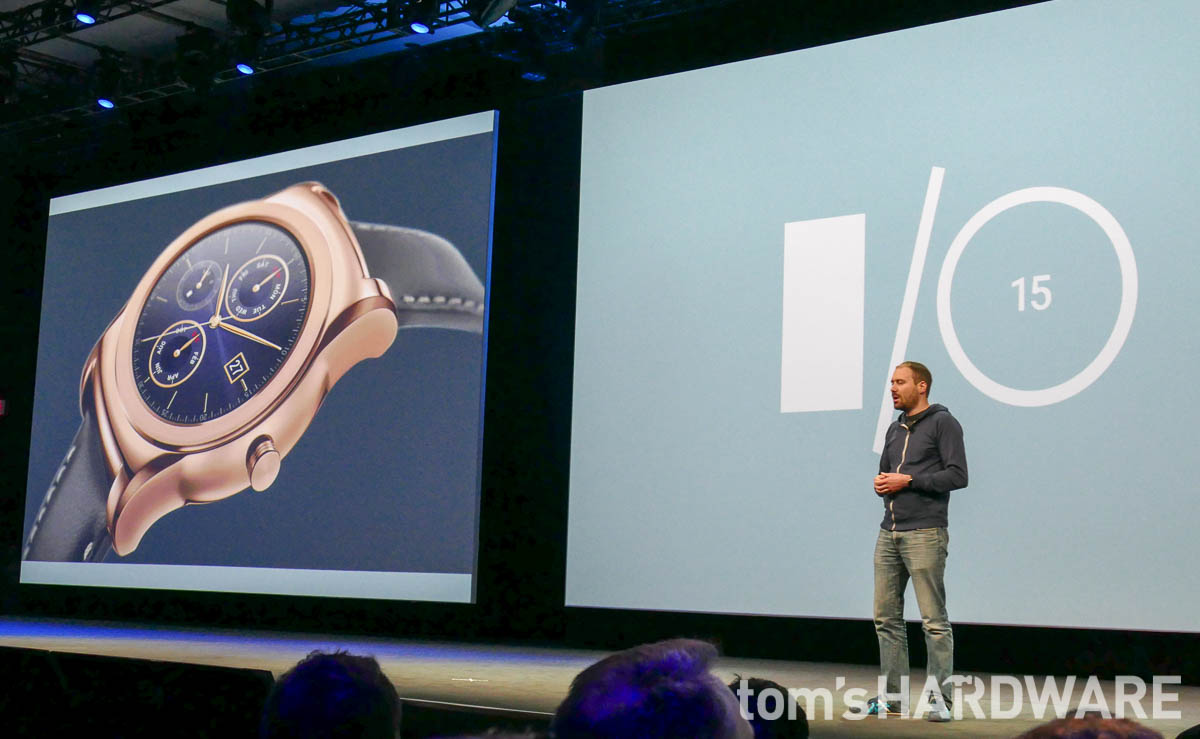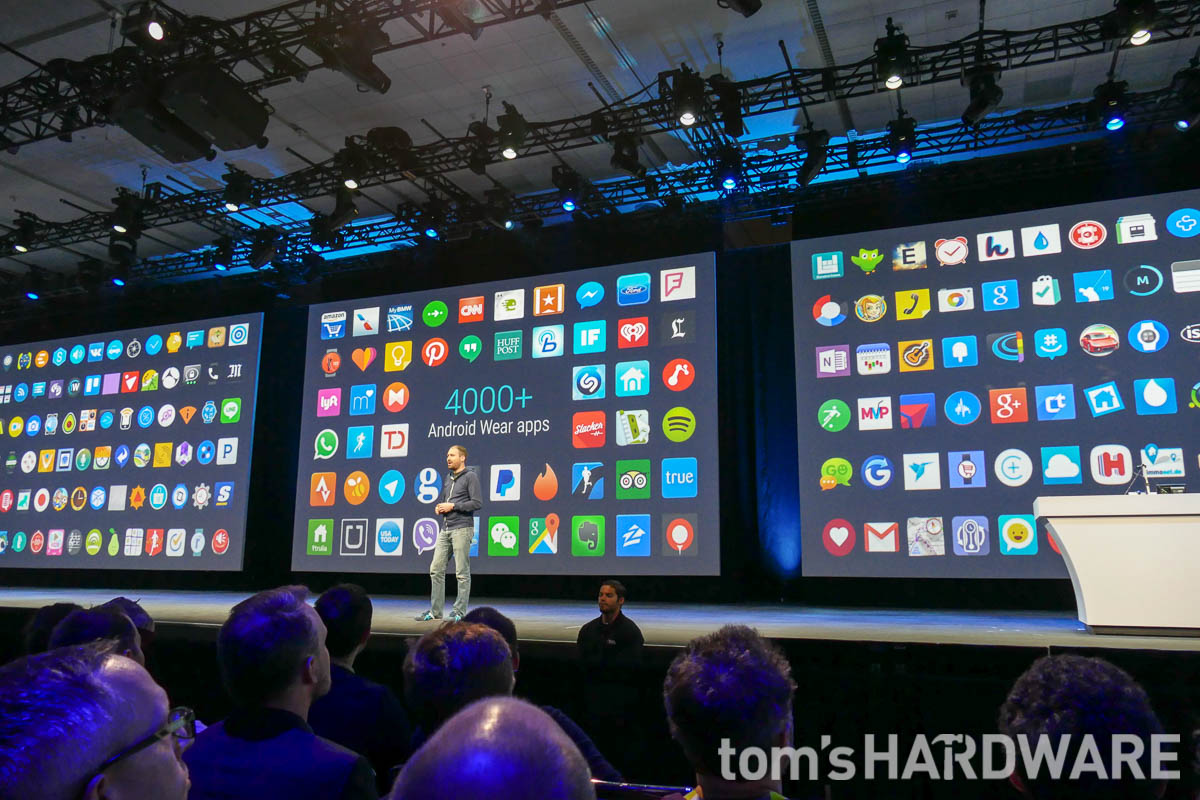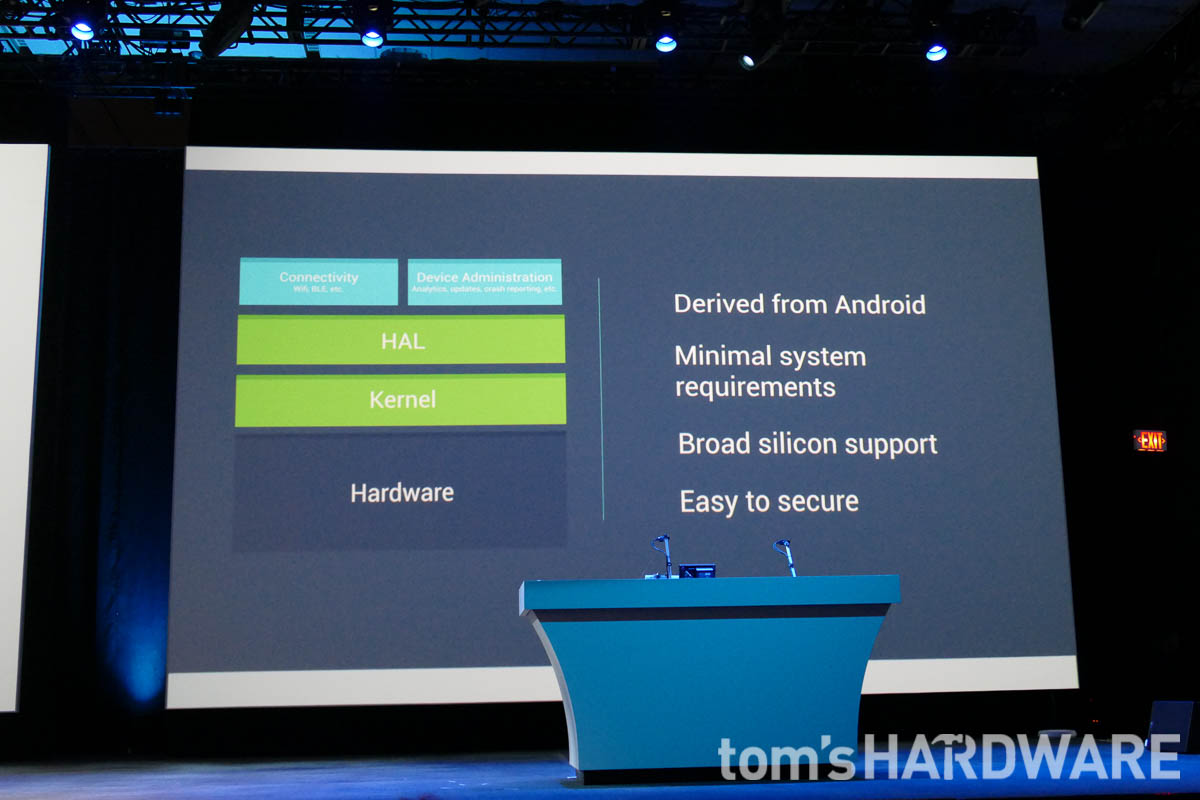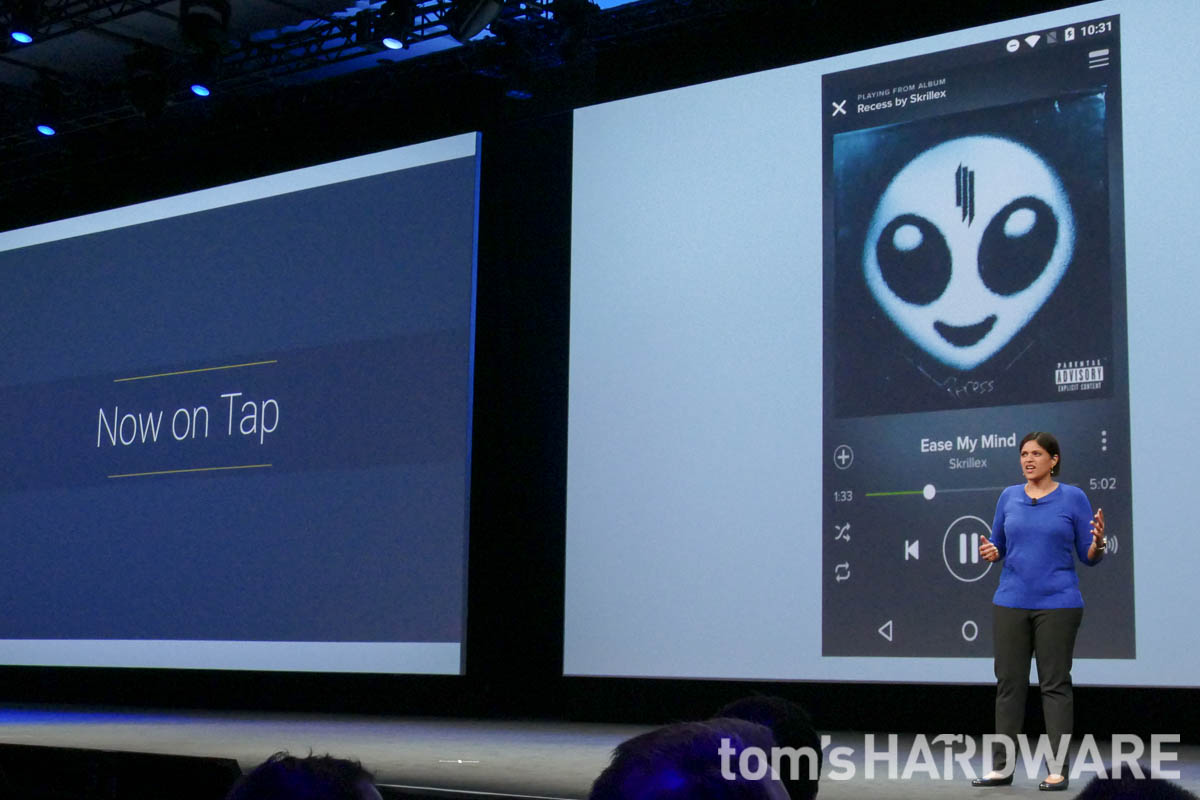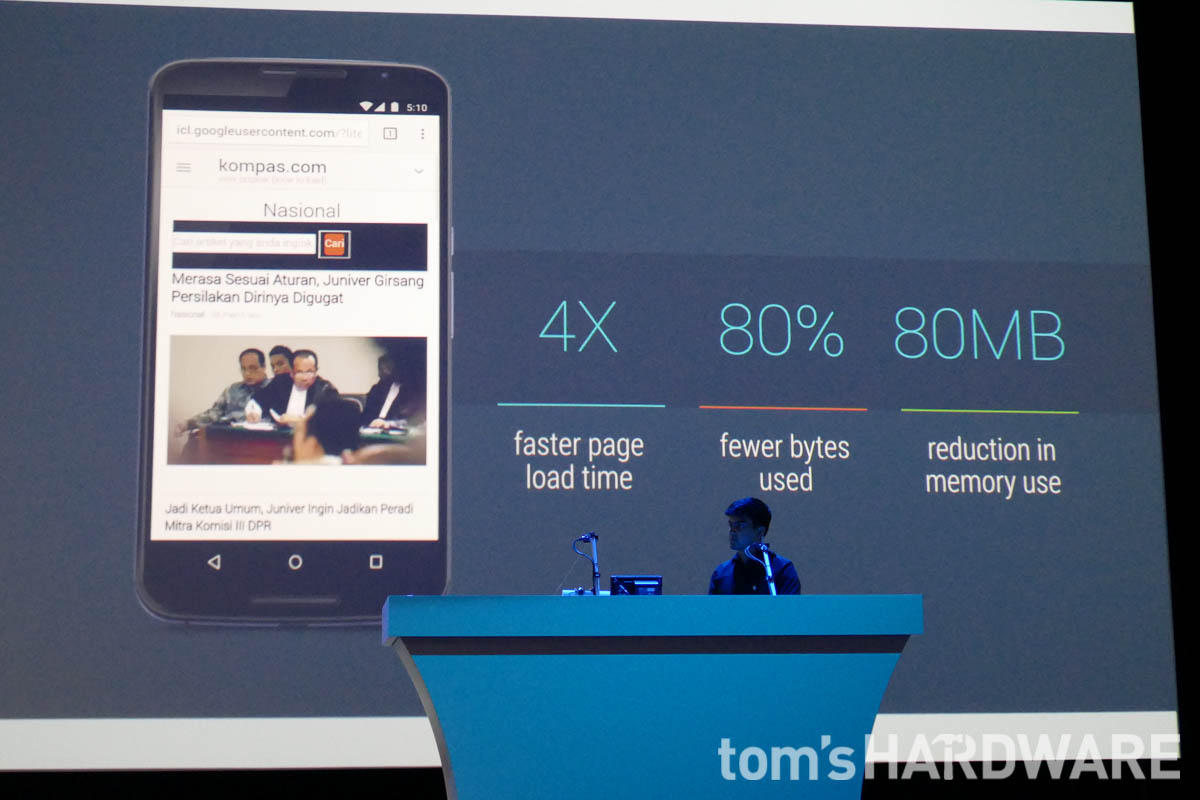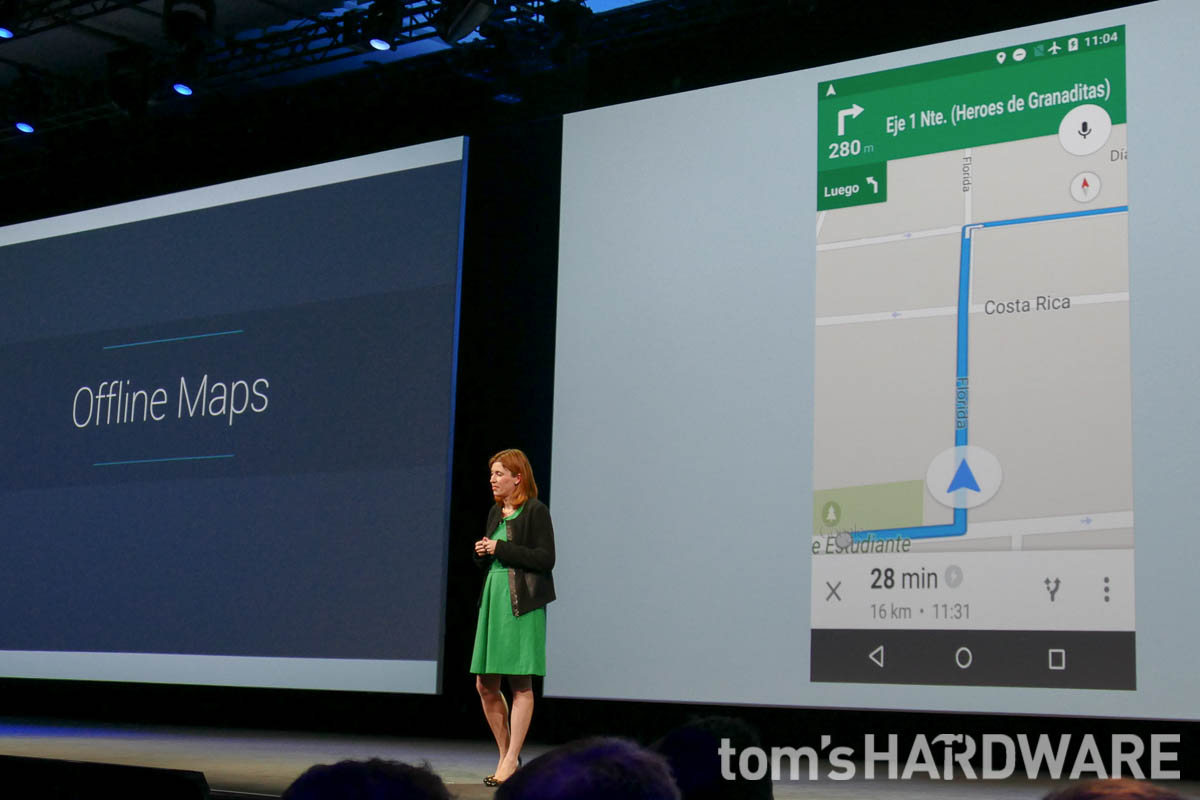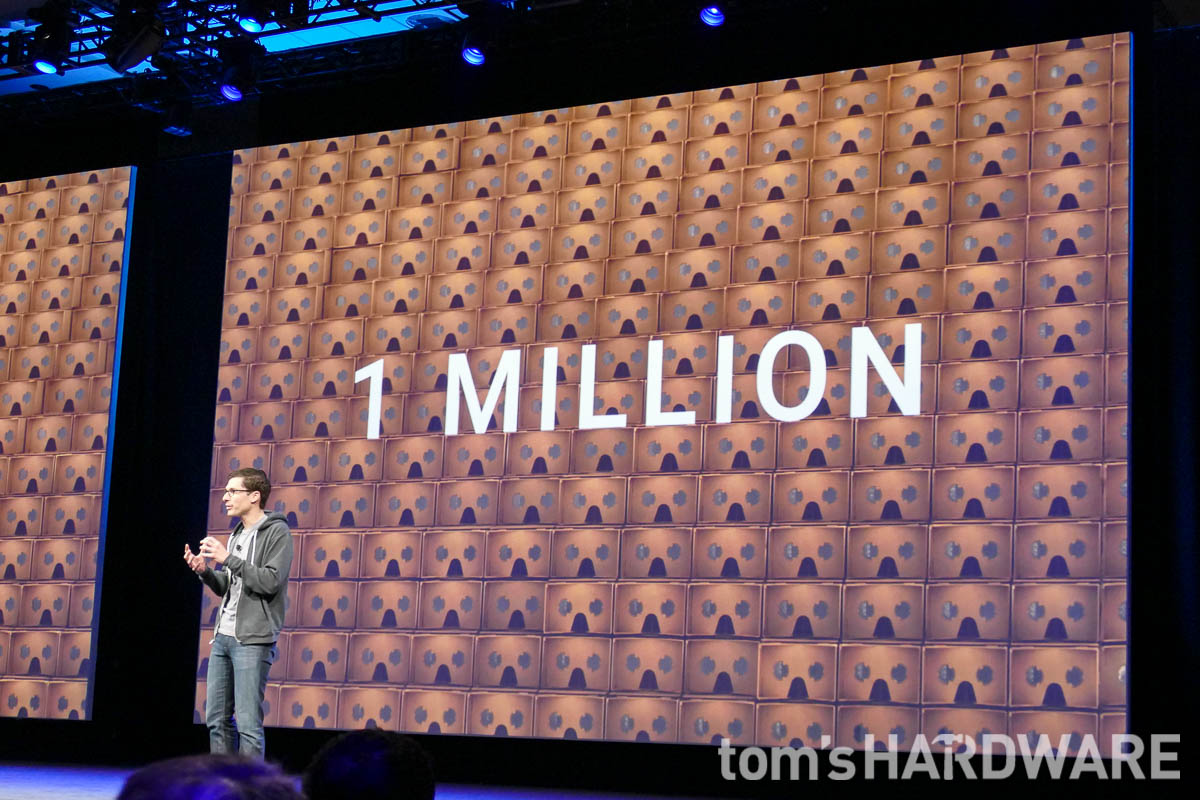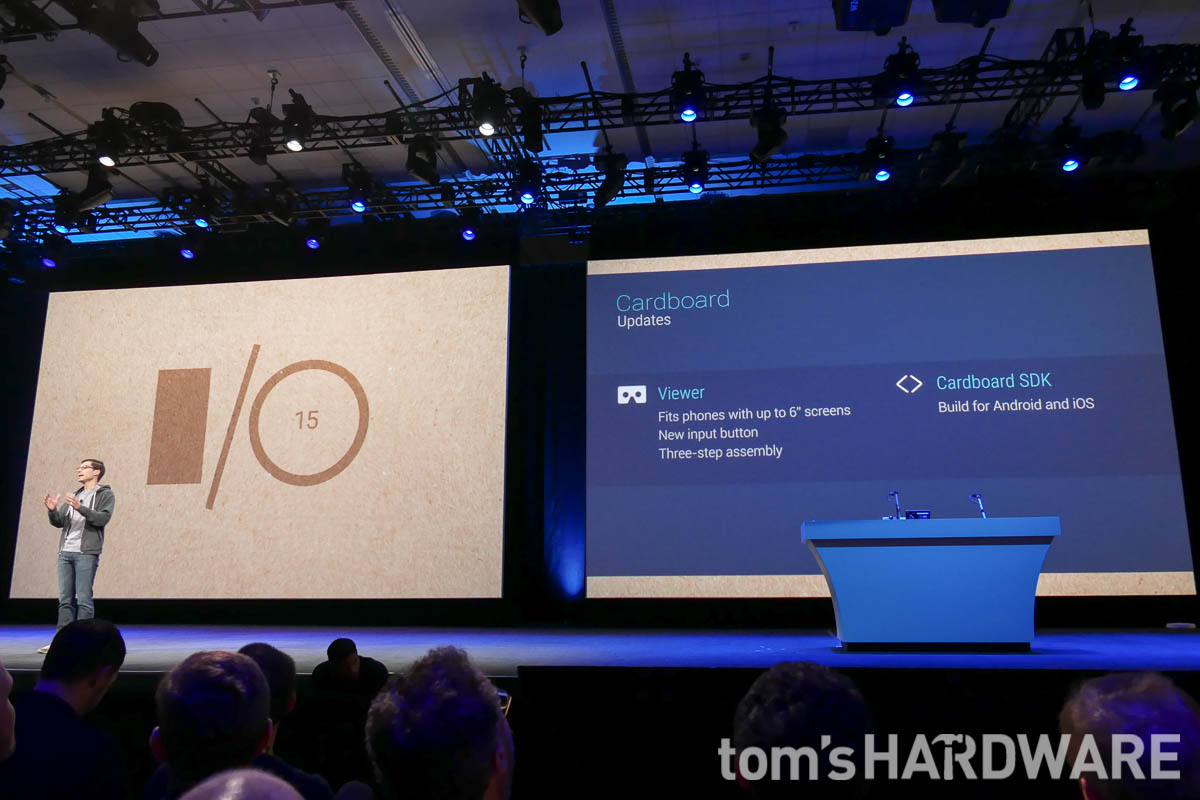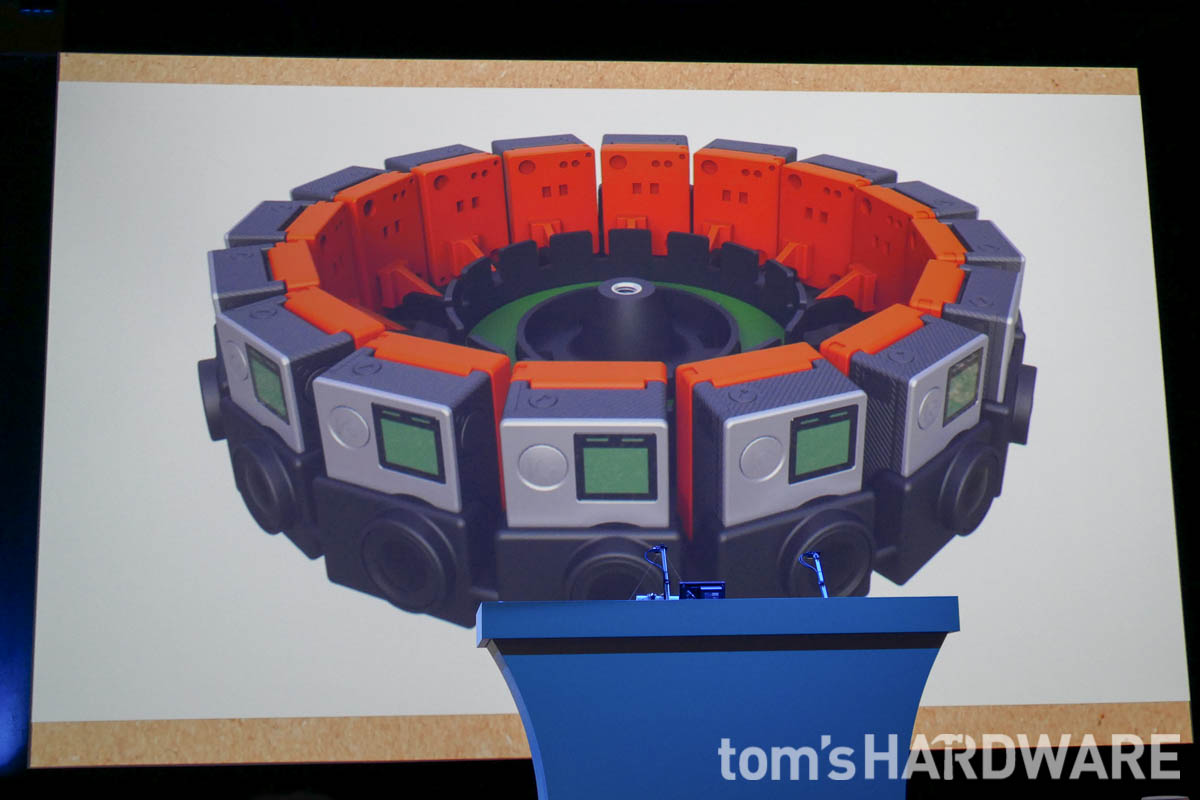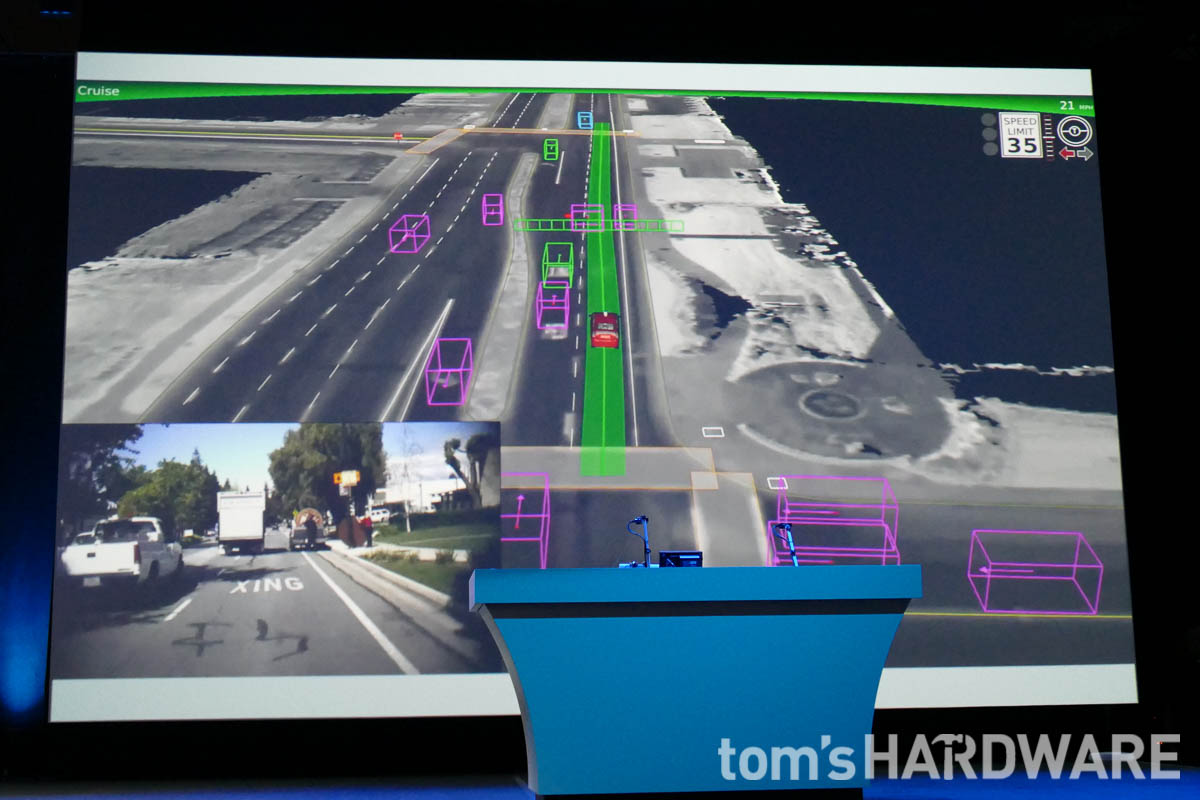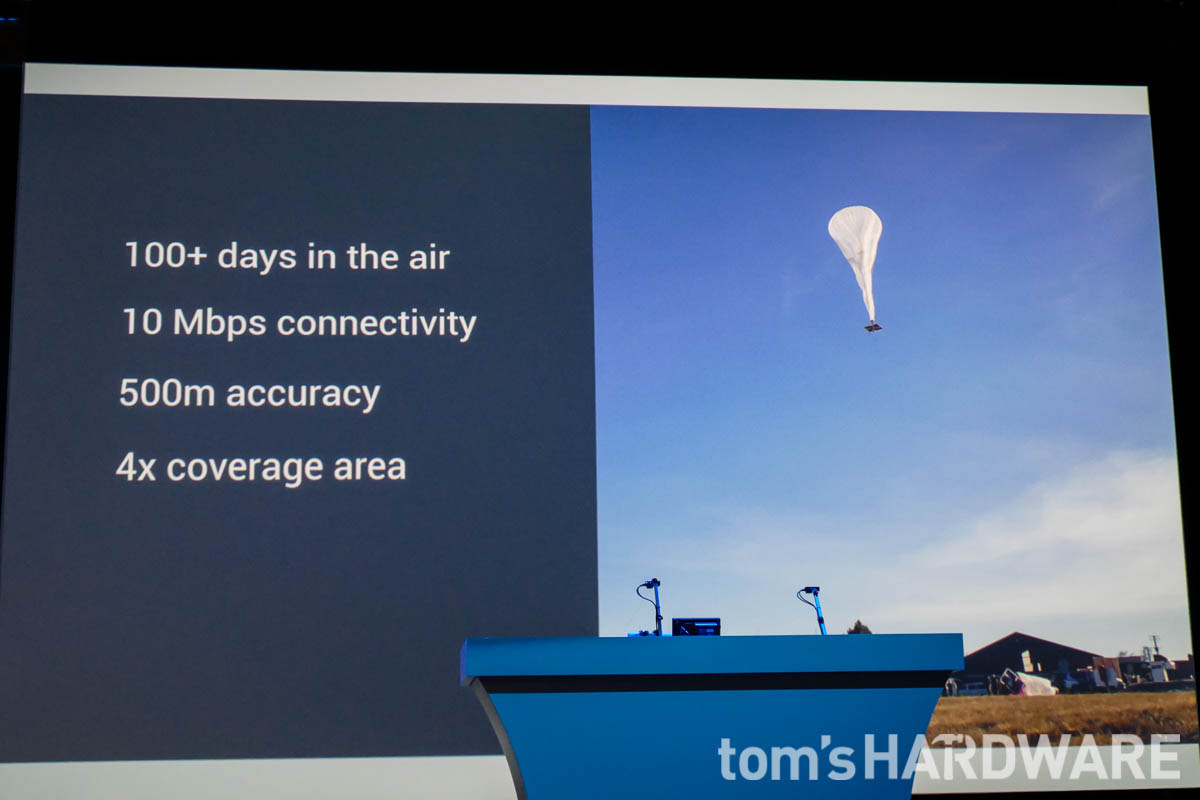Google I/O 2015 Keynote Recap: Android M, Android Wear, VR And More
Every year in May, Google holds its annual developers conference, dubbed Google I/O, in San Francisco. At this morning's two and a half hour keynote session, Google outlined plans for the next version of Android, virtual reality and more. And we were in attendance.
While we will be posting more in-depth news about some of the key announcements, here is a quick recap of the keynote so you can get an overall idea of what Google has in store for us for the rest of 2015. One thing to note is that no new phone or tablet hardware was announced or shown today, which was expected.
Sundar Pichai, Google's Senior VP of Products, came on stage to open up the keynote. Recapping Google's previous success, he mentioned that in 2014, eight out of 10 phones shipped globally ran Android and that there are now over 4,000 distinct Android-powered devices. He also talked about Android Wear, saying that there are now seven Wear-powered watches available. Android TV, Nvidia's Shield Console, was briefly mentioned (but we have more news on that here), and before moving on to new announcements, Pichai announced that HBO Now is finally coming to Android.
Android M
Of course, the main news of I/O is always the announcement of the next version of Android. Today, Google kicked off the discussion of Android M (Marmalade? Milkshake? Marshmallow?), saying that the focus of this release of Android is more of a refinement to Lollipop, rather than a radical change. Visually, M continues Google's Material Design language, but with this version the company is going back to polish things up and improve the core user experience.
There are going to be new simplified application permission settings that allow users to have greater control over what applications can do on their phones. Google is also improving the Web experience with Chrome Custom Tabs. At the moment, when you need to look at something on the web in an application, you have to either open Chrome, which takes you out of the app, or use a simplified WebView within the app. Chrome Custom Tabs allows developers to have Web content be displayed in Chrome without leaving the application, so all of the user settings, including login info, are still available to them.
The next major addition to Android M is the widely anticipated Android Pay mobile payment solution. Android Pay is all about "simplicity, security and choice" and builds upon the NFC payment architecture already included in Android. Like Apple Pay, when you add a method of payment, your real card number is never shared -- just a virtual one that is created for you. Android Pay is an open platform, and Google is already working with multiple financial institutions and carriers. When it launches, Google says that there will be over 700,000 stores in the U.S. that will support Android Pay.
While Android Pay works with Android phones running KitKat and above, Android M devices will be able to use Google's new standardized support for fingerprint readers. Just like Apple Pay, you'll then be able to simply use your fingerprint to authenticate a mobile payment. In addition, Google announced that the fingerprint scanner can also be used for authentication in third-party apps.
Get Tom's Hardware's best news and in-depth reviews, straight to your inbox.
Since battery life is still an issue with mobile devices, Android M has a new power savings mode called Doze. This feature puts a device into an even deeper sleep by reducing background syncing when it detects via the motion sensors that it hasn't been used for some time. Google claimed a 2x improvement in standby time with this feature. Android M devices will also support USB-C connectors for fast charging with a reversible connector.
There are also hundreds of other smaller improvements in the upcoming version of Android, including improved word selection and simplified volume controls. Google announced that the initial developer preview of Android M will be available today.
Android Wear
In the Android Wear portion of the keynote, Google recapped the success of its wearables platform and discussed some of the new features that have been added. Those include always-on applications that can utilize a low-power black and white mode to continuously display information on the watch.
Android Wear devices now also support wrist gestures, and there is a new launcher. To compete with the Digital Touch of the Apple Watch, you can now draw emojis, and Wear will hopefully recognize your scribble and send the appropriate icon. To round off the Android Wear section, Google touted its 4,000+ applications now available for Wear.
Internet Of Things (IoT)
You can't go to a tech conference today without the Internet of Things (IoT) being mentioned, and I/O was no different. Before diving into the announcements pertaining to IoT, Pichai came back on to give the audience a big picture of how connected devices can improve our lives. From home automation to managing a farm from a smartphone, he said there are "endless possibilities."
He also said that Google recognizes that developing for IoT is hard, but since the company's purchase of Nest, Google has a lot of experience in this space. Google has a "fundamentally new approach to IoT" and announced Project Brillo, the underlying OS for IoT devices.
Brillo is derived from Android, so it has built-in connectivity and security and can be centrally managed. Google also announced Weave, which is a communications layer designed to help IoT devices talk to each other using standardized schemas. Weave is cross-platform, not just for Brillo-powered devices.
From an end user perspective, Google said that Android devices can recognize any Brillo device, and the UI to set up and use one will be familiar to any Android user.
Google Now
Google Now, search on steroids combined with a personal assistant, has been around for a while now, but with Android M it is getting a big upgrade.
The big improvement to Now in Android M is Now on Tap, which is basically the ability to use Now within an application to get contextually aware information. As an example, a music app was pulled up playing Skrillex, and without leaving the app you can ask, "OK, Google, what is Skrillex's real name" and a Google search window comes up with the answer.
Another example was shown when using email. If you hit the home button, a Google Now pop-up appears on the bottom with contextual information based on the contents of the email. In this example, the movie Tomorrowland was mentioned, so Google Now brought up info about the film and the option to open up a related app like IMDB for even more info.
These improvements to Google Now are facilitated by Google's machine learning technology, knowledge graph, and natural language engine.
Google Photos
The only brand new application to be announced at this year's I/O is the new Google Photos. While Android devices have long had a Photos application, it is tied to your Google+ account, whereas this new application is completely standalone.
With the new Photos application, Google is seeking to address one of the biggest issues we have with the ability to take pictures with mobile devices, which is the sheer overload of images and videos that are hard to search through and overwhelming.
Google Photos applies machine learning to your pictures to automate sorting and make it easier to manage large libraries. Photos can now identify people, places and even things in pictures, and you can easily sort albums to group photos of the same place or person together. The beauty of the app is that this is all automated. There is no need to manually tag anything yourself.
Google also announced that the new Photos app includes unlimited cloud storage for free, which is a very generous offer. This storage is limited to images up to 16MP and videos up to 1080p. Of course, the ulterior motive for offering all this free storage is that Google is now able to analyze all your pictures to improve its machine learning and computer vision algorithms, which should come in handy for future projects, such as the self-driving car and Google's robotics division. Google Photos is available today.
Improvements For Developing Markets
Next, Google reps talked about their plans for emerging markets. At last year's I/O, they announced AndroidOne, a program to make affordable handsets running the latest version of Android. At today's event, they talked about some new Android features that make using a smartphone in emerging markets easier, especially since connectivity is more of an issue than it is here.
The way to address this is making more content available offline; so now, you can view YouTube videos offline, save Web pages in Chrome for offline viewing, and use select aspects of Google Maps offline, including getting turn-by-turn directions.
Google VR And Cardboard 2
The last big announcement at this year's I/O keynote was all about Virtual Reality. At 2014's event, Google announced a low-cost VR viewer called Cardboard that made VR available for everyone. Even though Cardboard initially started off as an experiment, over the past year it has been wildly successful, and today there is an entire Cardboard ecosystem with over 100 applications, perhaps much to Google's surprise. As of today, Google announced that more than 1 million Cardboard viewers have been sold.
Today, Google announced Cardboard 2, a new and improved viewer. While many, including us, are a little disappointed that Google didn't announce something a little more substantial that isn't made of paper, the new viewer does improve on the old one in many ways. It is larger and can accommodate 6-inch phones (Nexus 6); and it takes three steps to assemble instead of seven in the original version. Google has also opened the Cardboard SDK to iOS so that Cardboard can be used with the iPhone.
Along with the new VR viewing hardware, Google announced Expeditions for the educational market. Expeditions is a complete VR kit for classrooms that includes the viewers, phones and a control tablet that synchronizes them all. With this kit, teachers are able to take students on virtual field trips, including places Google is partnering with, such as the American Museum of Natural History. One hundred classrooms already have Expeditions, and teachers interested in this technology for their students can sign up online.
The last component of today's VR announcements was Jump. Up until now, in order to capture professional immersive VR video you needed very expensive specialized camera equipment. Jump is Google's way of opening up access to VR content creation to more creators.
Jump consists of three aspects. First, there is a camera rig consisting of 16 cameras. You can either download the plans to construct your own camera rig to Google's specification, or you can buy a pre-made rig through GoPro. The second component of Jump is the Assembler that uses Google's vast cloud computational power to take the video captured from the rig and create the in-between points that the cameras can't capture. The last component is the need for a player for this content, and, well, Google already has a pretty good one: YouTube, which will start support for Jump videos this Summer.
The Wrap Up
To close the keynote, Pichai came back on stage and briefly went over a couple of things not mentioned in detail, such as Google's self-driving car and Project Loom, the balloon-powered Internet network. We guess, while there was no new information worth devoting keynote time to for these two projects, Google wanted to remind us that they are still important to them. We were surprised to see that Project Fi or Project Ara weren't mentioned at all.
So that about wraps up everything that Google announced today at I/O. Stay tuned for more coverage from the event in the coming days.
Follow Alex Davies @alexbdavies. Follow us @tomshardware, on Facebook and on Google+.
-
ammaross ReplyNo word on connectivity between Android Wear and Iphones ? Pity.....
You should ask Apple about why that is....
